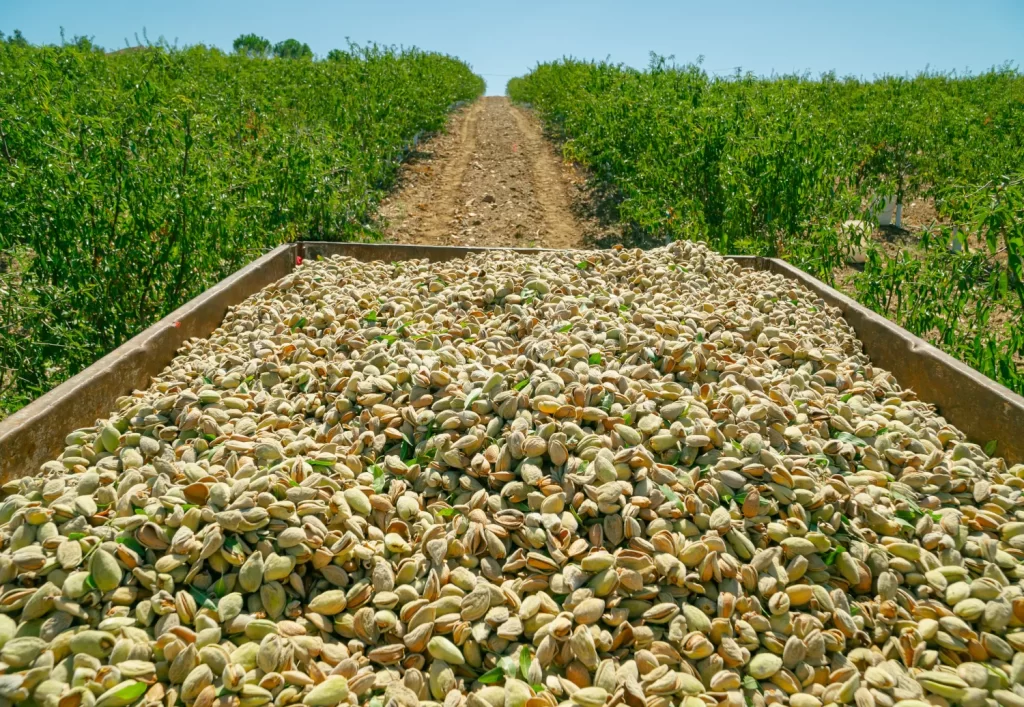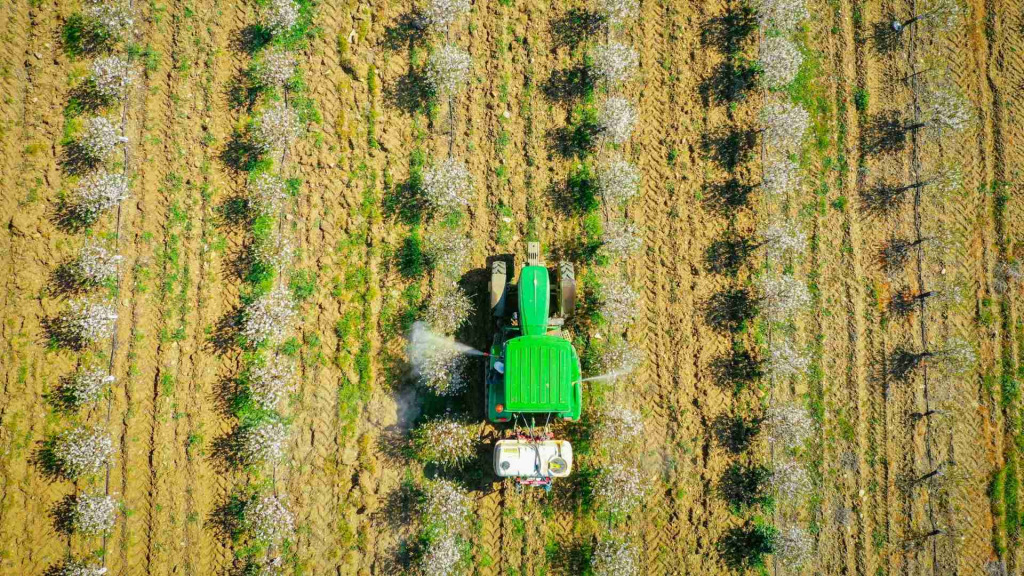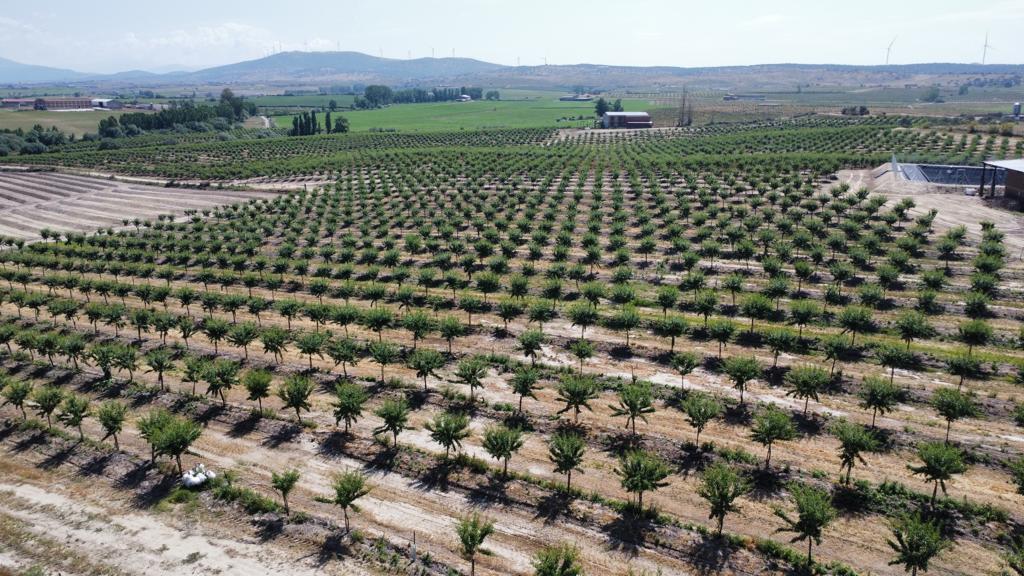Water’s the big question for anyone growing things these days, isn’t it? You can conserve all you want, build all the reservoirs, but sometimes, when the skies just aren’t cooperating, you just need more. That’s where you start hearing about things like cloud seeding technology. Sounds a bit like science fiction, maybe even a bit risky? We get it. It’s a topic that brings up a lot of questions. So, let’s have an honest chat about what it is, how it really works, and whether it’s actually a good idea for our farms, our communities, and our planet.
It’s Not Magic, It’s Just Smart Science
Let’s clear up a common misunderstanding right off the bat: cloud seeding isn’t about creating clouds out of thin air. You can’t just wave a magic wand and make it rain on a perfectly clear day. What it is about is giving existing clouds, the ones that are already there and full of moisture, a little nudge to encourage them to drop some rain or snow.
Think of it like this: clouds are made up of tiny water droplets or ice crystals. For these tiny bits to grow big enough to fall as rain or snow, they usually need a small particle—like a speck of dust or salt—to “grab onto” and start building around. These are called condensation or ice nuclei. Sometimes, clouds just don’t have enough of these natural particles, or the conditions aren’t quite right for the water to freeze and form precipitation efficiently.
That’s where cloud seeding comes in. We introduce tiny, specially chosen particles into these clouds. The most common one is silver iodide (AgI). Why silver iodide? Because its molecular structure is surprisingly similar to that of natural ice crystals. When dispersed into a cloud that contains supercooled liquid water (that’s water that’s still liquid even below freezing temperatures!), the silver iodide particles act like little magnets, providing a perfect “landing pad” for those water molecules to latch onto and form ice crystals. These new ice crystals then grow rapidly by colliding with other supercooled water droplets, eventually becoming heavy enough to fall as rain or snow.
This can be done from ground-based generators, which send particles up into the clouds, or from aircraft that fly directly into the cloud formations. The goal isn’t to force rain, but to enhance what nature is already trying to do, making the process more efficient. It’s like gently shaking a fruit tree when the fruit is already ripe, helping more of it fall to the ground.

Why It Matters for Farming: The “Well-fare” Boost
So, why should we care about this in farming? Well, think about those dry spells. They can be brutal, right? A prolonged drought isn’t just an inconvenience; it can be devastating for an entire farming community. Crops wither, livestock suffer, and livelihoods are put at risk. Cloud seeding isn’t a silver bullet, but it could be a powerful tool to help:
- Secure Water for Crops: More rain or snow means more water for irrigation, ensuring that crops receive the moisture they need to thrive, even when natural rainfall is scarce. This leads to more stable yields and a reduced risk of crop failure. For a farmer, this translates directly into greater financial security and peace of mind, contributing to their overall well-fare.
- Support Livestock: Healthy pastures depend on adequate rainfall. Increased precipitation helps maintain grazing lands, providing essential feed for livestock and reducing the need for expensive supplemental feed. This directly contributes to the well-fare of animals and the profitability of livestock operations.
- Replenish Water Sources: Enhanced precipitation from cloud seeding can help replenish vital water reservoirs, aquifers, and rivers. These are the lifeblood not just of agriculture, but of entire communities. A healthy water supply ensures everything from drinking water to hydroelectric power, making the whole region more resilient.
- Boost Regional Economies: When agriculture flourishes, so do the local economies that depend on it. Stable harvests mean more income for farmers, more jobs in related industries, and a stronger tax base for community services. It’s about looking out for everyone’s collective well-fare in those tough times, creating a virtuous cycle of prosperity.
In regions like Spain, where water is a precious resource and agricultural output is vital to the economy, exploring every viable option for water management is a professional imperative. Cloud seeding, backed by scientific knowledge, offers a proactive approach to mitigating the impacts of drought. It’s about taking steps to ensure our fields stay green and our communities thrive.
The Big Questions and Tough “Decisions”
But here’s the thing – you can’t just go around making it rain wherever you want, can you? This isn’t a simple technical fix. When you start talking about modifying the weather, even in a small way, big questions pop up. These are the real decisions we need to think about, the ethical dilemmas that require careful consideration and broad public discussion:
- “Stealing” Rain from Downwind? One of the most frequently asked questions is whether increasing precipitation in one area might reduce rainfall in another. While the scientific consensus generally indicates that well-designed cloud seeding programs enhance existing weather systems rather than “stealing” moisture, the perception of this issue can lead to serious legal and political disputes, especially across borders or between different water-dependent regions. This highlights the need for transparent communication and robust scientific evaluation. It’s about balancing the needs of different areas and making fair decisions.
- Environmental Impact: What about the chemicals used? Silver iodide, for example, is dispersed in tiny amounts. Research generally suggests that at current concentrations, it poses minimal risk to human health or the environment. The concentrations found in rainfall after seeding are often lower than those found naturally in soil or even in common foods like iodized salt. However, long-term accumulation and potential effects on ecosystems over decades still require ongoing monitoring and scientific scrutiny. A professional approach demands continuous assessment and vigilance.
- Who Decides? Perhaps the biggest question is one of governance. Who has the authority to make the decision to seed clouds? Local farmers? Regional governments? National agencies? When water resources are shared, this can become a contentious issue, leading to debates over water rights and equitable access. A truly professional and ethical framework requires broad stakeholder engagement and clear regulatory guidelines to ensure fairness and collaboration.
These are not easy questions, and there are no simple answers. It’s about using our knowledge responsibly and making sure we’re doing what’s right for everyone in the long run, not just for a select few. It’s about thoughtful engagement, not just pushing a button.

The “Professional Knowledge” Guiding the Way
Implementing cloud seeding technology isn’t a DIY project. It requires a high level of professional expertise, combining meteorology, hydrology, and environmental science. A well-run cloud seeding program involves:
- Expert Meteorologists: These specialists continuously monitor weather patterns, cloud formations, and atmospheric conditions to identify optimal windows for seeding. They ensure that seeding only occurs when there’s an existing system that can be effectively enhanced, maximizing results and minimizing wasted resources. This deep knowledge is crucial for success.
- Rigorous Data Analysis: Every operation is followed by meticulous data collection and analysis to assess its effectiveness. This continuous feedback loop helps refine techniques, ensuring that the methods used are scientifically sound and yield measurable results. This commitment to evidence-based practice is a hallmark of professional work.
- Stakeholder Engagement: A responsible program involves open dialogue with local communities, agricultural groups, environmental agencies, and even neighboring regions. This engagement helps address concerns, build trust, and ensure that the decision to seed is made with the broadest possible consensus and an understanding of diverse impacts.
- Adherence to Best Practices: Organizations involved in cloud seeding must follow strict operational protocols and environmental guidelines to minimize risks and maximize benefits. This includes using precise dispersal methods, monitoring the environment, and being prepared to adjust operations based on real-time conditions.
This level of professional knowledge and commitment is what gives credibility to cloud seeding as a viable water management tool. It’s not just about trying to make rain; it’s about doing it intelligently, ethically, and effectively, always with the well-fare of communities and the environment at heart.
At Agro Invest Spain, we’re deeply invested in the future of agriculture. We understand that securing water is not just a seasonal challenge but a long-term strategic imperative. That’s why we’re interested in exploring advanced, scientifically-backed solutions like cloud seeding technology. We believe that with the right professional knowledge, transparent decision-making, and a strong commitment to the well-fare of both people and the environment, these innovative approaches can play a vital role. It’s about using smart science for the good of all, creating a more stable and prosperous agricultural landscape, even in the face of a changing climate. It’s about taking proactive steps to ensure that the fields remain green, and the future remains bright.
For more insights and investment opportunities in Spanish almond farmland, visit Agro Invest Spain today.
Contact Agro Invest Spain today to speak with one of our knowledgeable consultants and secure your investment in agribusiness.
All rights of this content prepared by Api Group Agro Inversiones SL (“API Group”) belong to API Group. These rights are protected and the partial or complete copying, reproduction, distribution, processing or use of the content in any way without permission and without reference will result in legal and criminal liability of individuals.

